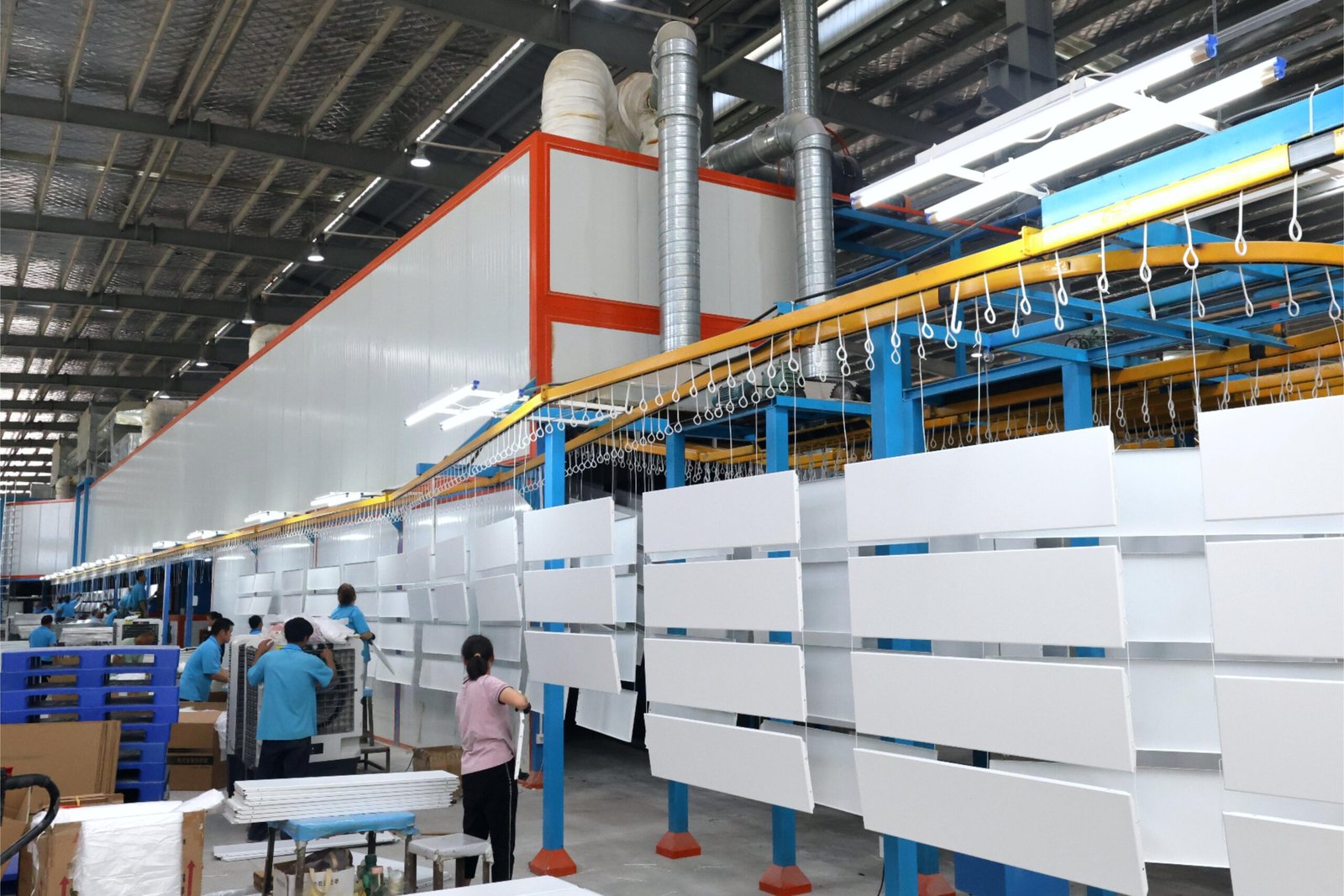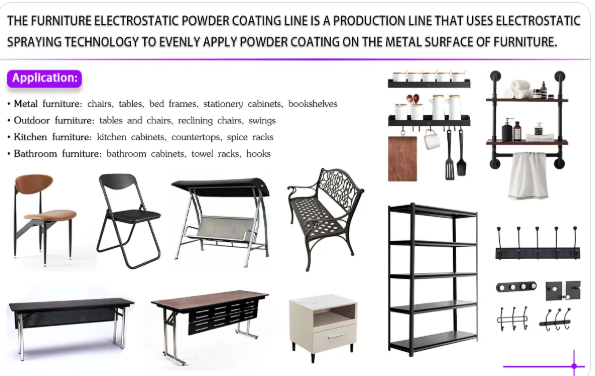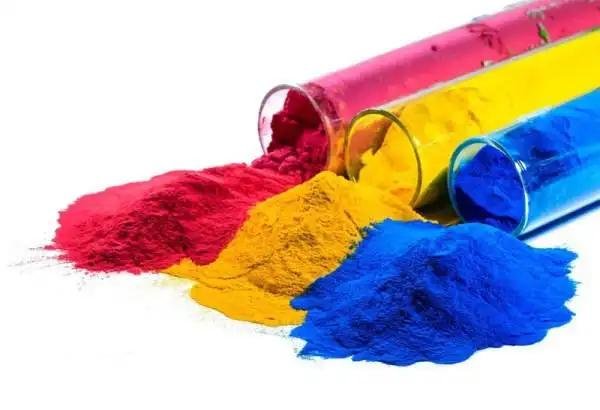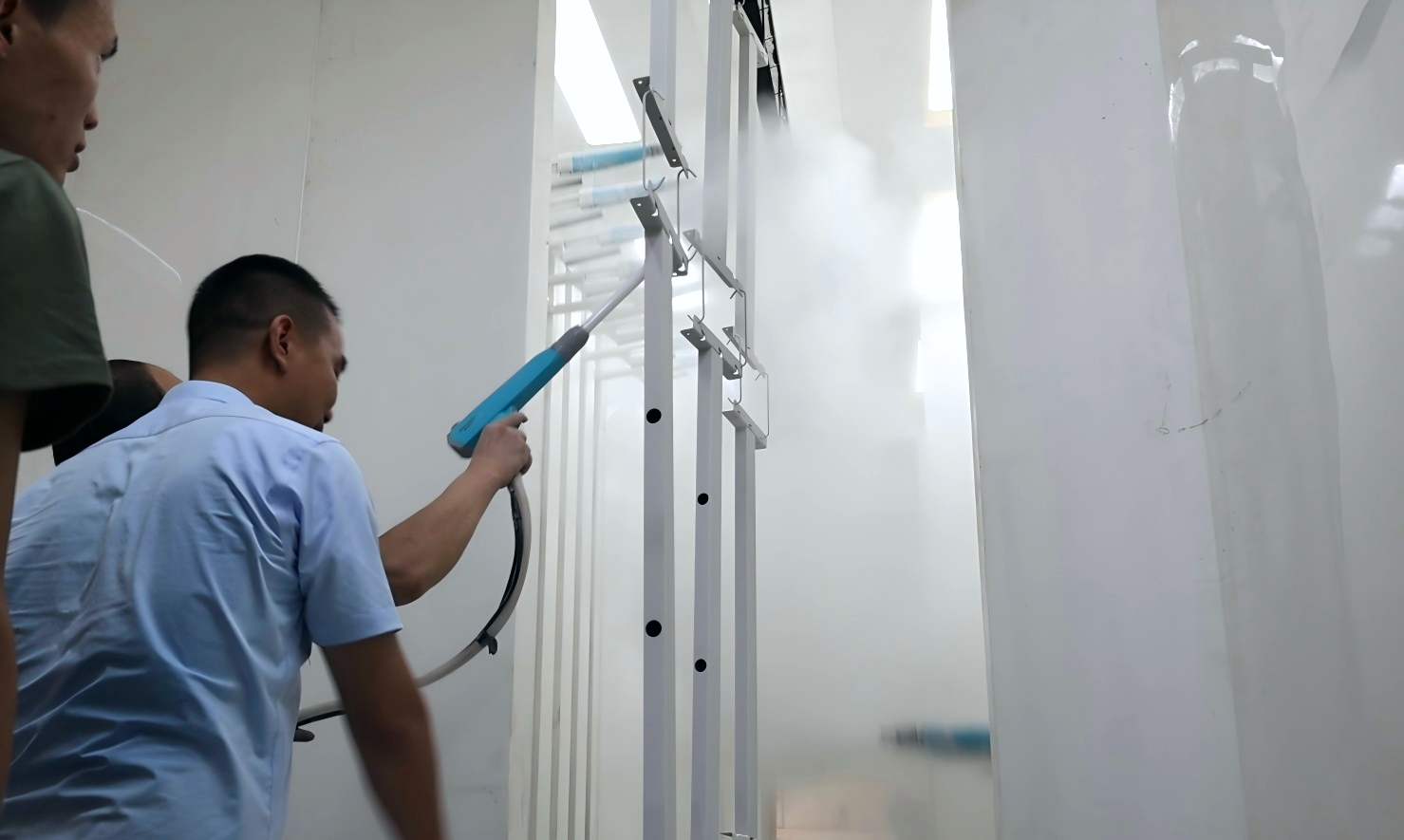
Color shifts, uneven finishes, blotches—these are every coater's nightmare.
So how can we make every finish look exactly like the last?
Consistent spray coating without color variation depends on surface prep, materials, technique, environment, and equipment maintenance—all done right every time.
Even small mistakes can lead to big defects. Here's how we avoid them.
Why is surface preparation so critical?

Color can’t sit right on a dirty or rough surface.
If the base is flawed, the finish will be too.
A clean, dry, smooth surface prevents coating defects and helps maintain even color tone across the entire part.
Start by removing:
- Dust
- Oil and grease
- Rust or oxidation
For metal parts, I usually wipe with a degreaser and then lightly sand. For wood, I sand evenly and vacuum off the dust. No shortcuts. Every square inch matters.
Does spray coating material quality affect color consistency?

Absolutely. Cheap coatings separate, clog equipment, and show color bands.
High-quality coatings ensure uniform pigment dispersion, smooth flow, and accurate color reproduction from batch to batch.
When I switched to a premium powder line last year, my color rework dropped by 40%. It cost more—but saved way more in labor and scrap.
Check:
- Material batch codes
- Expiry dates
- Storage temperature
Avoid expired or mismatched lots, especially on large projects.
Why is proper mixing so important?
If it’s not mixed right, it won’t spray right.
Even mixing ensures pigments and additives are evenly dispersed, avoiding streaks, blotches, or shade variation.
Key rules I follow:
- Use mechanical mixers, not just a stir stick
- Stick to manufacturer’s ratio and mix time
- Filter after mixing to catch lumps
For powder, tumble blending before loading the hopper helps keep particle distribution uniform.
What spray techniques prevent color variation?
Technique makes or breaks your finish—even if your prep and material are perfect.
Consistent hand speed, spray distance, and overlap ensure even film thickness and uniform pigment distribution.
Here’s what I always do:
- Stay 6–12 inches from the surface
- Overlap each pass by 50%
- Move at a steady pace—no hesitation or doubling back
- Spray multiple light coats, not one heavy one
I also train every new operator with side-by-side spraying until they match our shop standard.
How do environmental conditions affect coating color?
Hot days dry too fast. Cold ones too slow.
Humidity? That’s a whole other story.
Temperature and humidity shifts change how coating flows and dries—leading to gloss differences and color shifts.
What we control in our shop:
| Factor | Ideal Range | Result of Poor Control |
|---|---|---|
| Temperature | 65–77°F (18–25°C) | Blotchy, dull, or blot-prone coat |
| Humidity | <60% | Moisture haze or poor adhesion |
| Airflow | Steady laminar flow | Overspray buildup, uneven drying |
We log temperature and RH every morning, and shut down if things drift too far.
How does spray equipment condition impact color?

A clogged nozzle ruins even the best technique.
Don’t expect consistency from broken tools.
Well-maintained guns spray evenly, reduce pigment clumping, and avoid hardware-driven variation.
Maintenance we do weekly:
- Disassemble and soak spray guns
- Inspect and replace worn nozzles
- Flush hoses and tanks
- Calibrate pressure and fluid flow
I also keep one backup gun prepped and tested, ready in case of mid-shift failure.
Why should I always use a primer?
A primer smooths the path for your color coat.
Skipping it causes uneven tone and weak adhesion.
Primers create a uniform base tone and improve topcoat bonding, reducing visual color shifts.
Choose:
- White primer for bright top colors
- Gray or black for darker shades
- Specialized primer for plastics, metals, or composites
Let it fully dry before spraying over it—or the color might bleed or lift.
Should I do a test spray before each job?
Always. No excuses.
Test sprays reveal spray pattern, material settings, color match, and any application issues before real parts are coated.
I run a quick panel check for:
- Pattern width and symmetry
- Texture and gloss
- Color match under booth light
This gives me time to adjust pressure, distance, or gun angle before touching a production piece.
What does good in-process quality control look like?
Eyes alone aren’t enough.
We need process checks to guarantee consistency.
Quality control during spraying means checking film build, gloss, color match, and texture in real time.
Here’s our shop’s checklist:
- Measure coating thickness every 10 parts
- Gloss meter readings once per batch
- Use color swatches for side-by-side comparison
- Final inspection under daylight-mimicking light
If we see any deviation, we stop immediately and review the last 5–10 parts.
Conclusion
To avoid color variation in spray coating, we must get everything right—surface prep, materials, environment, technique, and inspection. Small improvements across all these areas build up to a flawless, consistent finish.
